
Hangzhou Olympic Sports Centre Tennis Centre. [Photo/China Daily]
Sustainable venues
Some 24,000 square meters of the roof area at the Fuyang Water Sports Centre is covered by soil and adorned with various plants, blending seamlessly with the surrounding natural landscape.
The venue has a 45 percent greenery ratio and provides carbon sequestration, oxygen release and heat insulation while reducing rainwater runoff. Carbon sequestration is a natural or artificial process in which carbon dioxide is removed from the atmosphere and held in solid or liquid form
Under the venue's gravel garden area, underground system recycles rainwater. After being filtered through gravel and permeable fabrics, rainwater is used for the atrium display, fountains and irrigation. This system saves some 1,000 metric tons of water per month.
Only 12 of the 56 venues for the Asian Games in Hangzhou are newly built.
Among them, the Shaoxing Baseball and Softball Sports Center in Shaoxing, Zhejiang province, is the largest, with a seating capacity of 10,000. Its design incorporates elements such as Shaoxing's textile heritage, traditional boats and calligraphy.
The venue's interior public space is cleverly integrated with the surrounding community, creating an organic connection.
In addition to the competition areas, it features a hotel, a community fitness center and commercial areas capable of meeting diverse post-event operational needs.
Chen Yuewei, a publicity officer for Shaoxing, said the venue is poised to become a vital service center.
Furthermore, the authorities in Shaoxing are pushing for a national-level baseball and softball youth training center to be established in the city.
Meanwhile, the Shaoxing Keqiao Yangshan Sport Climbing Centre used to be the site of an abandoned mine. Construction and development work has transformed it into an international competition venue and youth sport climbing base. The center, which resembles a cocoon, features a semi-open design, allowing athletes and spectators to enjoy views of the Yangshan Scenic Area.
The other 44 competition venues have either been renovated or are temporary constructions, with the emphasis placed on adopting prefabricated building techniques and using sustainable and renewable materials.
For example, amenities in the Guobo Squash Hall at the Hangzhou Olympic Sports Center, such as glass walls and spectator seating, can be dismantled, allowing the venue to be reused after the Games.
Zhou Congcong, director of maintenance services at the venue, said, "We are donating one of the squash courts to the Asian Games Museum, with the other seven courts being offered to local communities, schools and educational institutions, ensuring their continued contribution to promoting the sport."








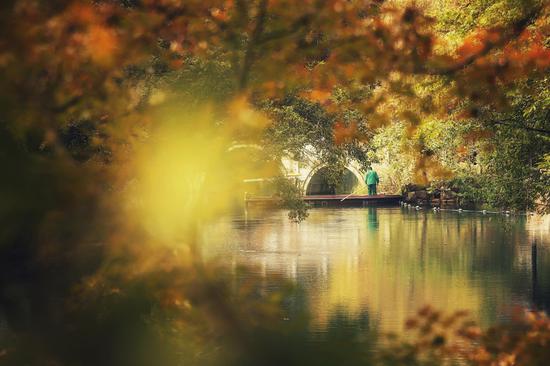
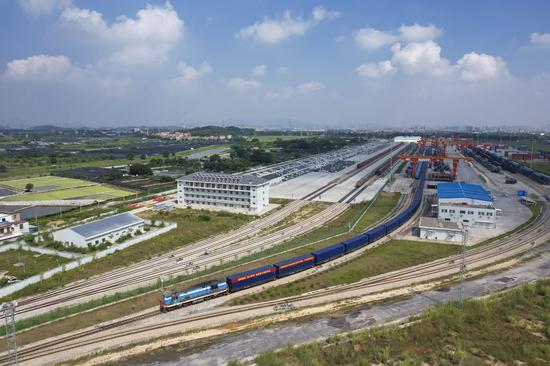
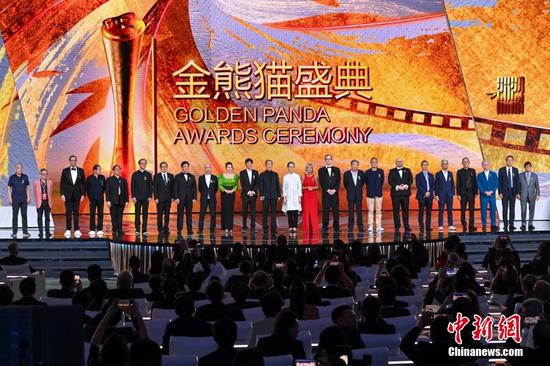


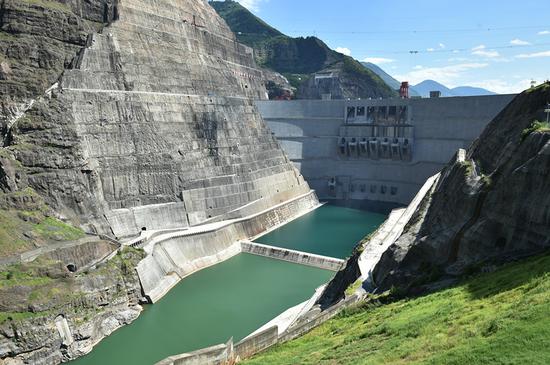
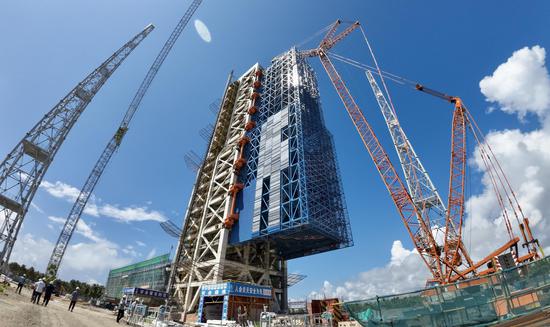
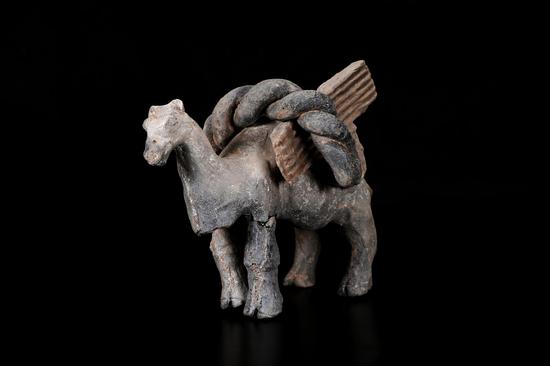



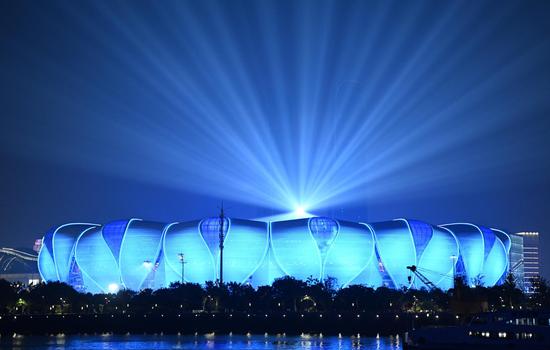

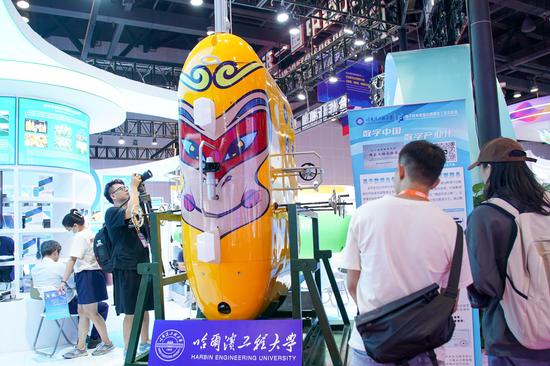

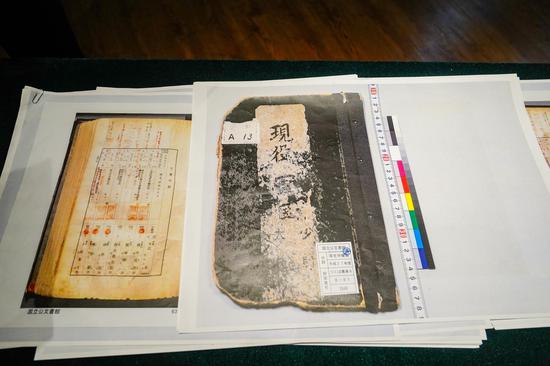

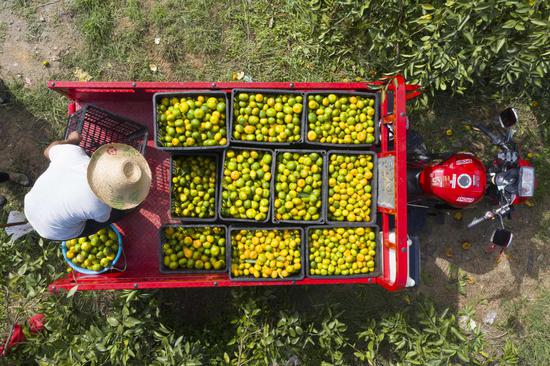


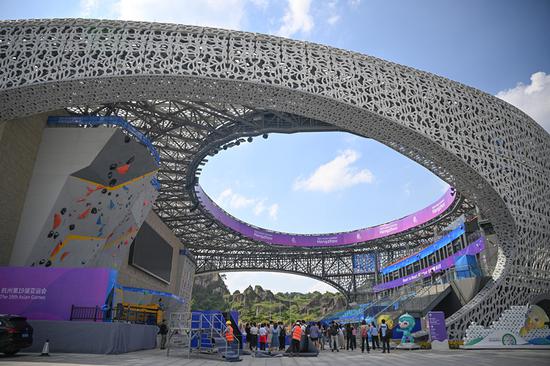

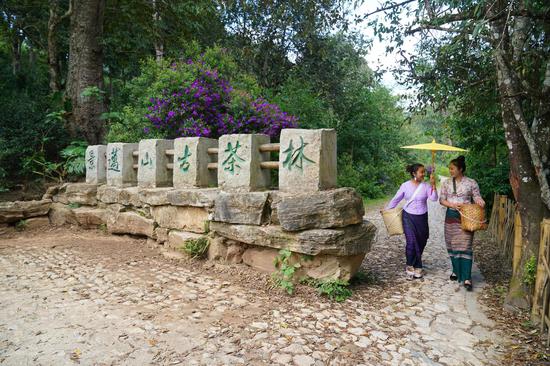


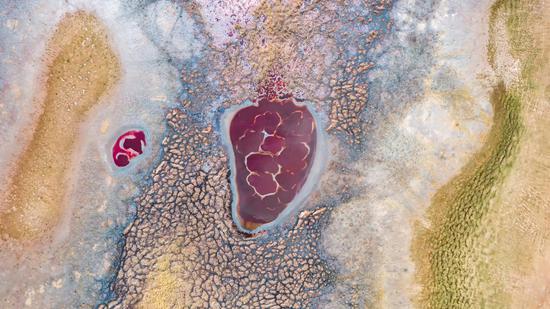

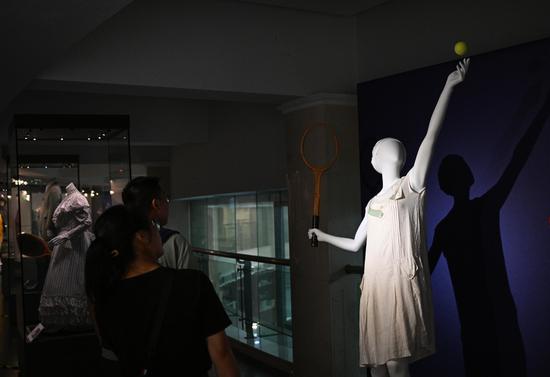


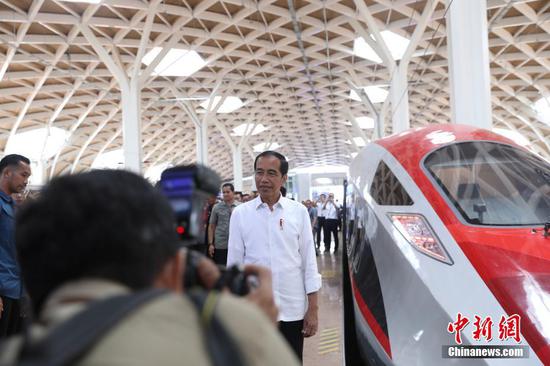
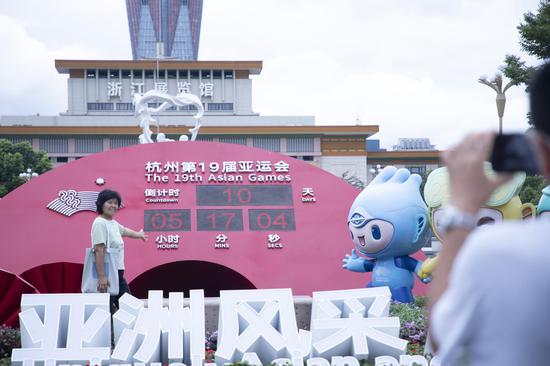
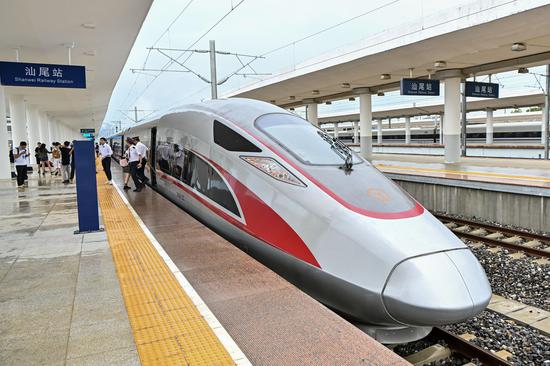


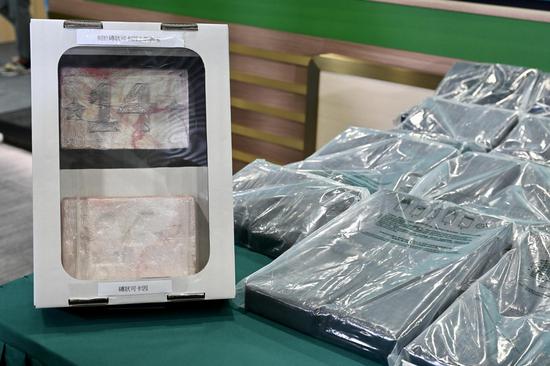


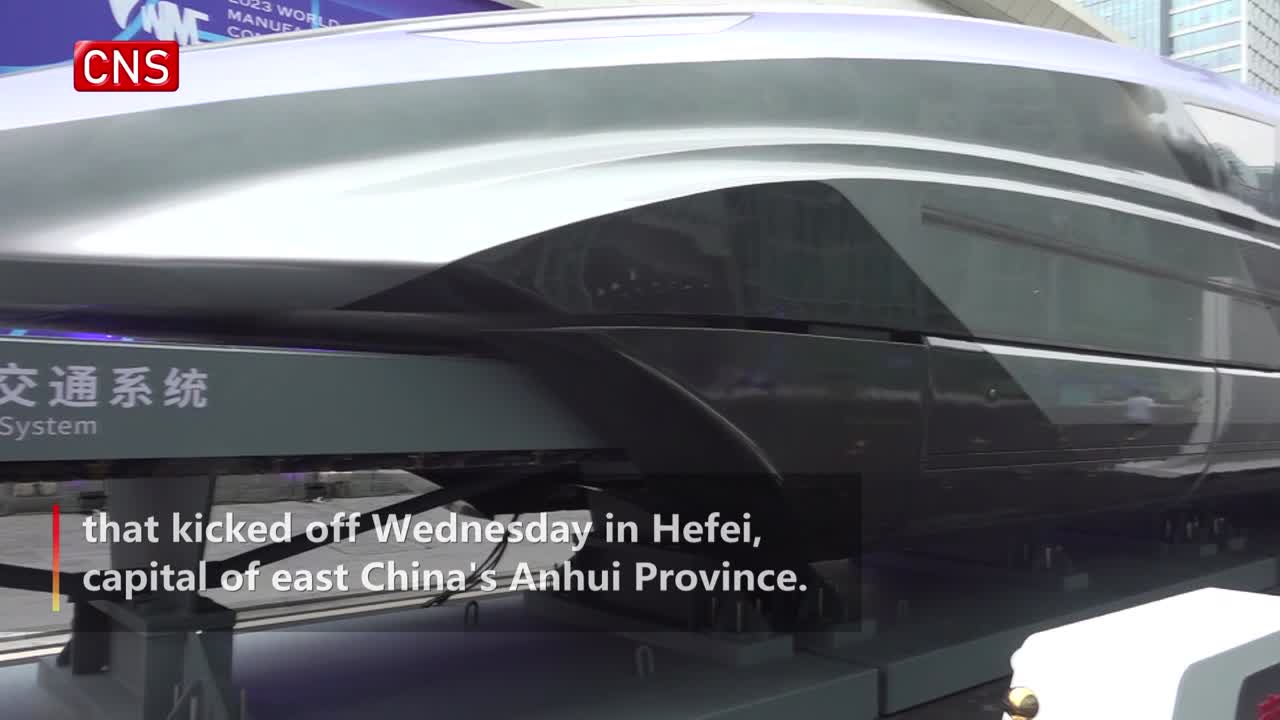



 京公网安备 11010202009201号
京公网安备 11010202009201号